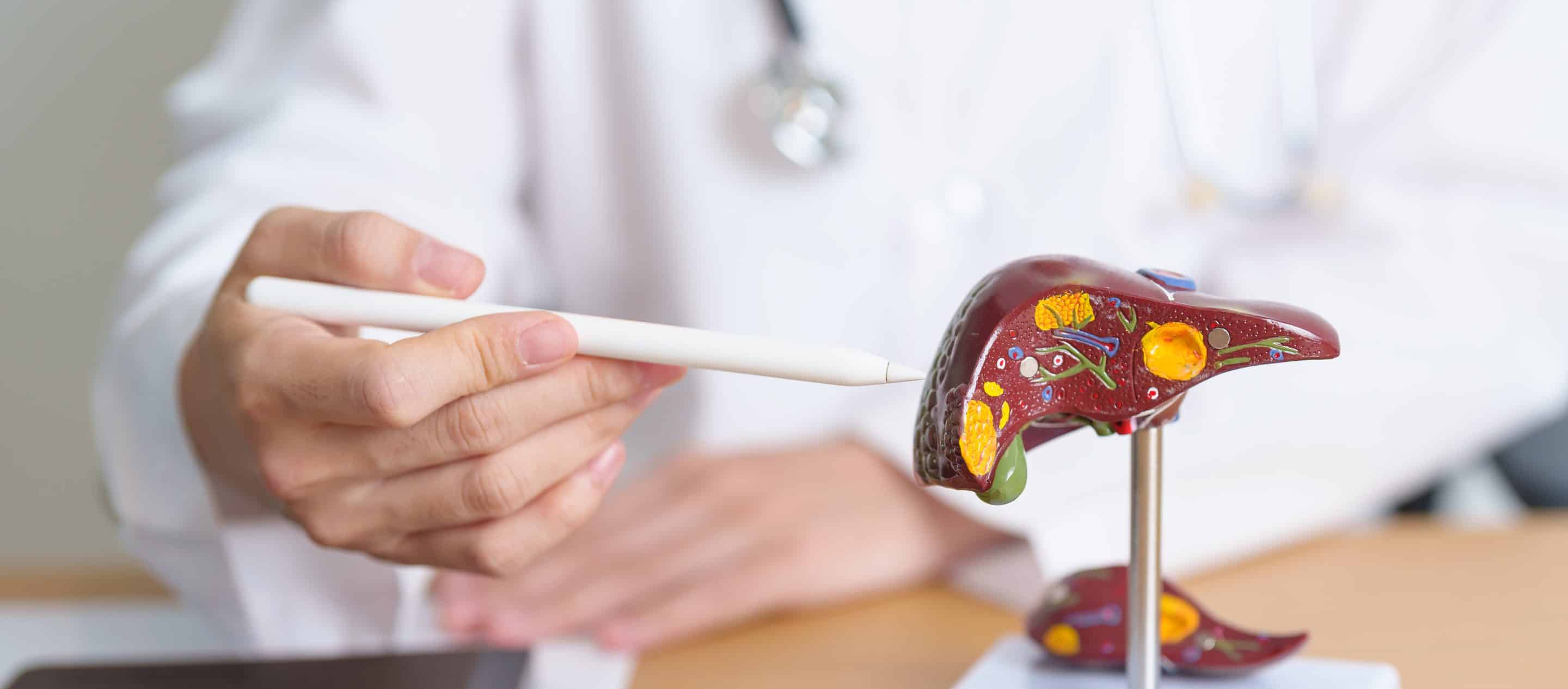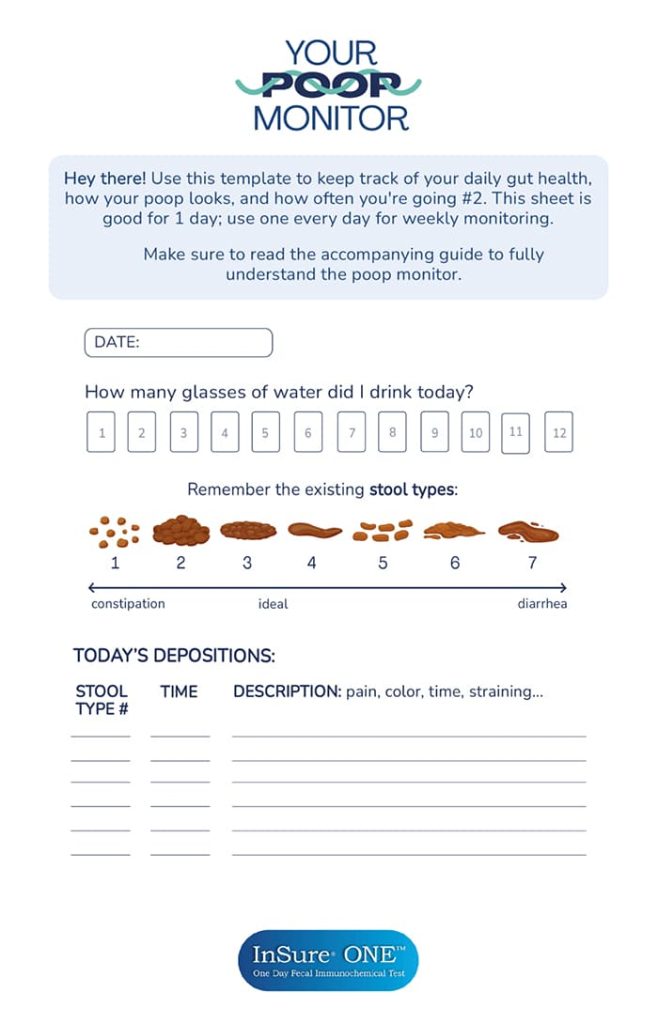Fatty liver disease (FLD) is a buildup of fat in the liver. It has many different causes, but one of the greatest risk factors is heavy alcohol use. Still, even those who do not drink may find themselves at risk of FLD.
Known as NAFLD, this type of fatty liver disease occurs in those who drink little or no alcohol. The cause of this type of FLD may seem more elusive, but throughout this article, we’ll highlight how this NAFLD can develop. The gut-liver connection, in particular, is an exciting area of research that may offer insight into how NAFLD develops in those who do not drink.
Understanding Fatty Liver Disease
While excessive alcohol consumption is one of the greatest culprits of FLD, this condition can still affect those who drink little to no alcohol, a subtype called nonalcoholic fatty liver disease (NAFLD).
As with other types of FLD, NAFLD occurs when too much fat builds up in the liver. Instead of favoring those who drink, though, NAFLD favors those who are overweight or obese, and with obesity rates rising, so has the number of people affected by NAFLD. NAFLD has also been linked to genetics, type 2 diabetes, insulin resistance, and high levels of fats in the blood.
As for the effects of FLD, the fatty deposits in the liver cause the liver to swell and become damaged in a way that mirrors heavy alcohol use. If not addressed, it can become a more serious condition over time, such as cirrhosis (liver scarring) or even liver cancer.
The Gut Microbiome: Your Inner Ecosystem
Your gut microbiome is an entire ecosystem within your intestines that houses trillions of bacteria and other microorganisms. They don’t just take up space, either; these bacteria are crucial for your digestion and overall health.
However, despite the essential role of the microbiome, emerging research suggests that the gut may be connected to the development of fatty liver disease in those who stay away from alcohol.
This investigation into the connection between NAFLD and the gut started with a man who had blood alcohol levels equivalent to 15 shots of whisky despite having no history of alcohol use. When the researchers studied the man, they found that his gut microbiome housed a bacterial strain that produced high levels of alcohol through the process of fermentation, nearly 4 to 6 times more alcohol than a healthy individual.
To better understand the influence of this bacteria, researchers investigated 43 individuals with NAFLD and 48 without; their results found that 60% of those with NAFLD also had a strain of the bacteria that produced alcohol as a byproduct at medium to high levels. This is in comparison to only 6% of those without NAFLD who had this same strain.
This research inspired a theory: the body can struggle to break down all the alcohol produced by this strain of bacteria, which can be what causes NAFLD to develop. Still, this research remains in the early stages, so bacterial alcohol production is not considered to be a major contributor to FLD at this time.
The Gut-Liver Axis: A Two-Way Street
There is strong evidence that the gut doesn’t just communicate with the organs of the digestive tract; it can also communicate with extra-intestinal organs, such as the kidneys, brain, or liver. Research has found that this communication can occur directly through receptors or indirectly through signaling molecules.
This evidence shows that the gut microbiome can play an influential role in areas of the body that extend beyond the digestive system.
As for how the gut and liver collide, the portal vein is a direct connection from the intestine to the liver, and when the intestinal barrier is damaged, it allows more compounds to pass through. This can expose the liver to toxic factors from the intestine along with intestinal bacteria and byproducts—the worse the gut’s imbalance, the more this will occur, and exposure to these bacterial components can result in liver injury, which can predate fatty liver disease.
The Gut & Fatty Liver Disease: The Potential Link
Recent studies indicate that the gut microbiota is strongly involved in the development of NAFLD.
When there is an imbalance in the gut’s microbiome, the following can occur and lead to NAFLD:
- Increased inflammation in the liver
- Increased insulin resistance
- Hepatic de novo lipogenesis
- Changes in bile-acid metabolism
- Changes in gut-barrier permeability (“leaky gut”)
- Oxidative stress and inflammation due to alcohol production
- Decreased assembly and secretion of very-low-density lipoprotein (VLDL)
Beyond the consequences of an imbalanced gut, there is also continued research into the alcohol byproducts of certain gut bacterial strains and how this can produce effects similar to excessive alcohol consumption, although the research is ongoing.
Taking Charge of Your Health
When it comes to taking charge of your health, it’s important to focus on improving your gut and liver health, and this can be accomplished through two key areas: diet and lifestyle.
Consume a diet that supports your diverse gut microbiome. Focus on eating whole foods, fiber, fruits, and vegetables. At the same time, reduce the amount of sugar and unhealthy fats you eat, as these can allow harmful bacteria to flourish, which can lead to bacterial imbalance.
As for your lifestyle, you can support your gut and liver by getting regular exercise, sleeping enough each night, and applying stress management techniques.
Implementing these simple changes is enough to completely transform your life, supporting your gut’s microbiome and reducing the common causes of NAFLD: obesity and diabetes.
Empowering Steps Forward
When it comes to the health of your gut and liver, the habits you curate hold immense power. When you make the swap to healthy habits, such as getting regular exercise and emphasizing a whole-food diet, your gut and liver won’t be bogged down by dysfunction and harmful compounds; instead, they’ll be able to focus on performing their tasks efficiently and effectively.
If you’re ever concerned about the health of your gut or liver, it’s best to talk to your doctor. While these recommendations are generally good advice, your doctor can provide you with personalized advice based on your lifestyle.
References
- Le, M. H., Yeo, Y. H., Zou, B., Barnet, S., Henry, L., Cheung, R., & Nguyen, M. H. (2022). Forecasted 2040 global prevalence of nonalcoholic fatty liver disease using hierarchical bayesian approach. Clinical and molecular hepatology, 28(4), 841–850. https://doi.org/10.3350/cmh.2022.0239
- Yuan, J., Chen, C., Cui, J., Lu, J., Yan, C., Wei, X., Zhao, X., Li, N., Li, S., Xue, G., Cheng, W., Li, B., Li, H., Lin, W., Tian, C., Zhao, J., Han, J., An, D., Zhang, Q., & Wei, H. (2019). Fatty Liver Disease Caused by High-Alcohol-Producing Klebsiella pneumoniae. Cell Metabolism, 30(4), 675-688.e7. https://doi.org/10.1016/j.cmet.2019.08.018
- Konturek, P. C., Harsch, I. A., Konturek, K., Schink, M., Konturek, T., Neurath, M. F., & Zopf, Y. (2018). Gut⁻Liver Axis: How Do Gut Bacteria Influence the Liver?. Medical sciences (Basel, Switzerland), 6(3), 79. https://doi.org/10.3390/medsci6030079
- de Faria Ghetti, F., Oliveira, D. G., de Oliveira, J. M., de Castro Ferreira, L. E. V. V., Cesar, D. E., & Moreira, A. P. B. (2018). Influence of gut microbiota on the development and progression of nonalcoholic steatohepatitis. European journal of nutrition, 57(3), 861–876. https://doi.org/10.1007/s00394-017-1524-x
- Campo, L., Eiseler, S., Apfel, T., & Pyrsopoulos, N. (2019). Fatty Liver Disease and Gut Microbiota: A Comprehensive Update. Journal of clinical and translational hepatology, 7(1), 56–60. https://doi.org/10.14218/JCTH.2018.00008
- Ahlawat, S., Asha, & Sharma, K. K. (2021). Gut-organ axis: a microbial outreach and networking. Letters in applied microbiology, 72(6), 636–668. https://doi.org/10.1111/lam.13333

